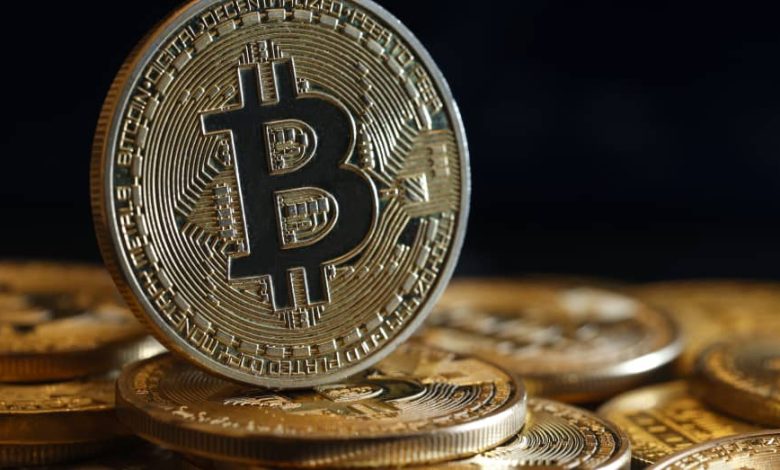Bitcoin Halving: What It Means for Miners and Investors

Bitcoin halving is one of the most significant events in the cryptocurrency world, and it has profound implications for both miners and investors. Occurring approximately every four years, the halving event reduces the reward that miners receive for adding new blocks to the Bitcoin blockchain by 50%. This built-in mechanism is crucial to Bitcoin’s deflationary model, ensuring that the total supply of Bitcoin is capped at 21 million. But what exactly does Bitcoin halving mean, and how does it impact miners and investors? Let’s explore.
What is Bitcoin Halving?
Bitcoin halving refers to the event that takes place roughly every 210,000 blocks, which equates to about every four years. During this event, the reward for mining new Bitcoin blocks is cut in half. For example, when Bitcoin was first launched in 2009, the reward for mining a block was 50 BTC. After the first halving in 2012, this reward was reduced to 25 BTC. The most recent halving occurred in May 2020, bringing the block reward down to 6.25 BTC.
This reduction in rewards is integral to Bitcoin’s protocol and is designed to gradually reduce the rate at which new Bitcoins are created, leading to an eventual total supply of 21 million BTC. The next halving is expected around 2024, when the reward will drop to 3.125 BTC per block.
Impact on Bitcoin Mining
For miners, Bitcoin halving presents both challenges and opportunities. On the one hand, the halving reduces the number of Bitcoins they receive as a reward, which can impact their profitability. As mining rewards decrease, miners must ensure that their operations remain cost-effective. This often means upgrading to more efficient mining hardware, reducing electricity costs, or joining mining pools to increase their chances of successfully mining a block.
However, the halving also tends to have a positive effect on Bitcoin’s price, as the reduction in new supply can lead to increased scarcity. If demand for Bitcoin remains strong or grows, the price may rise, offsetting the reduced block rewards. This potential price increase can make mining more lucrative, even with lower rewards, as the value of the Bitcoin being mined could be higher.
Historically, past halvings have been followed by significant price increases in Bitcoin. For instance, after the 2012 halving, Bitcoin’s price surged from around $12 to over $1,000 within a year. Similarly, after the 2016 halving, Bitcoin’s price climbed from $650 to nearly $20,000 in the subsequent bull market.
Impact on Investors
For investors, Bitcoin halving is often seen as a bullish event. The reduction in supply growth, coupled with steady or increasing demand, typically leads to higher prices. Many investors anticipate these price increases and may buy Bitcoin in the months leading up to a halving, hoping to capitalize on the subsequent price rise.
However, it’s important to note that past performance is not indicative of future results, and the market’s reaction to future halvings may not follow the same pattern. Investors should also consider the broader market context, including macroeconomic factors, regulatory developments, and technological advancements, which could influence Bitcoin’s price.
Bitcoin’s built-in scarcity model, highlighted by the halving process, is one of its key selling points as a store of value, often likened to “digital gold.” The predictable reduction in supply growth over time supports the narrative of Bitcoin as a hedge against inflation and a long-term investment.
Preparing for the Next Halving
Both miners and investors should be prepared for the next Bitcoin halving by understanding its potential impacts and positioning themselves accordingly. For miners, this might mean investing in more efficient equipment or re-evaluating their cost structures to ensure profitability. For investors, it could involve analyzing market trends, historical data, and macroeconomic conditions to make informed decisions about their Bitcoin holdings.
Given the historical significance of previous halvings, the next halving in 2024 will be closely watched by the entire cryptocurrency community. Whether you’re a miner adjusting your strategy or an investor planning your next move, understanding the dynamics of Bitcoin halving is crucial to navigating the ever-evolving crypto landscape.
Bitcoin halving is a pivotal event that affects both mining and crypto investment. By reducing the block rewards, it ensures Bitcoin’s scarcity while also influencing the market dynamics of supply and demand. For miners, the halving presents challenges in terms of reduced rewards but also opportunities if Bitcoin’s price appreciates. For investors, the halving is often seen as a potential catalyst for price increases, though it’s essential to approach this with careful consideration of all market factors. As the next halving approaches, staying informed and prepared will be key to making the most of this significant event in the Bitcoin ecosystem.

